News Archive
Filter By
- Abyssinian ground hornbill
- Addax
- Aldabra tortoise
- Allen's swamp monkey
- Alpaca
- American alligator
- American avocet
- American bison
- American flamingo
- American wigeon
- Andean bear
- Aquatic caecilian
- Arapaima
- Asian elephant
- Asian small-clawed otter
- Asian water dragon
- Australian snake-necked turtle
- Bald eagle
- Baltimore oriole
- Barred owl
- Bearded emperor tamarin
- Beaver
- Bennett's wallaby
- Binturong
- Black-and-white ruffed lemur
- Black-crowned night heron
- Black-footed ferret
- Black-tailed prairie dog
- Black-throated blue warbler
- Blue-billed curassow
- Blue crane
- Bobcat
- Brown pelican
- Bufflehead
- California sea lion
- Canvasback
- Cedar waxwing
- Channel catfish
- Cheetah
- Chicken
- Chinese alligator
- Chinese three-striped box turtle
- Clouded leopard
- Collared brown lemur
- Common raven
- Common yellowthroat
- Corals and sea anemones (anthozoa)
- Cow
- Crocodile monitor
- Cuban crocodile
- Dama gazelle
- Degu
- Dunlin
- Eastern corn snake
- Eastern indigo snake
- Eastern newt
- Eastern red-backed salamander
- Eastern screech-owl
- Eld's deer
- Electric eel
- Emperor newt
- Fennec fox
- Fishing cat
- Gaboon viper
- Geoffroy's marmoset
- Gharial
- Giant leaf-tailed gecko
- Giant panda
- Goat
- Golden-headed lion tamarin
- Golden lion tamarin
- Gray seal
- Gray wolf
- Green tree python
- Grevy's zebra
- Guam kingfisher (sihek)
- Guam rail (ko’ko’)
- Guinea pig
- Harbor seal
- Hartmann's mountain zebra
- Hawk-headed parrot
- Hellbender
- Home's hinge-back tortoise
- Hooded crane
- Iranian fat-tailed gecko
- Japanese giant salamander
- King vulture
- Komodo dragon
- Kori bustard
- Kunekune pig
- Land hermit crab
- Larger Malay mouse-deer
- Lemur leaf frog
- Lesser hedgehog tenrec
- Lesser kudu
- Lion
- Loggerhead shrike
- Long-tailed chinchilla
- Long-tailed salamander
- Maned wolf
- Meerkat
- Miniature donkey
- Naked mole-rat
- North American porcupine
- North American river otter
- Northern Luzon giant cloud rat
- Northern pine snake
- Northern pintail
- Northern red salamander
- Northern shoveler
- Northern snakehead fish
- Northern tree shrew
- North Island brown kiwi
- Norway rat
- Orangutan
- Orchard oriole
- Ossabaw Island hog
- Ostrich
- Ovenbird
- Pallas's cat
- Panamanian golden frog
- Patagonian mara
- Persian onager
- Philippine crocodile
- Prehensile-tailed porcupine
- Prevost's squirrel
- Przewalski's horse
- Pygmy slow loris
- Red-crowned crane
- Red-fronted lemur
- Red-rumped agouti
- Red-winged blackbird
- Red knot
- Red panda
- Red River hog
- Red ruffed lemur
- Red wolf
- Ring-tailed lemur
- Ruddy duck
- Schmidt's red-tailed monkey
- Scimitar-horned oryx
- Screaming hairy armadillo
- Semipalmated plover
- Semipalmated sandpiper
- Siamang
- Sitatunga
- Sloth bear
- Southern lesser galago
- Southern swamp sparrow
- Southern tamandua
- Spider tortoise
- Striped skunk
- Tanagers
- Tentacled snake
- Tiger
- Titi monkey
- Turkey
- Twig catfish
- Two-toed sloth
- Vietnamese mossy frog
- Virginia opossum
- Von der Decken's hornbill
- Western lowland gorilla
- White-cheeked gibbon
- White-faced saki
- White-naped crane
- White-nosed coati
- Whooping crane
Displaying 301 - 325 of 2370 articles.
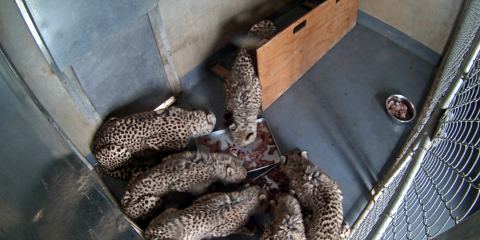
#CheetahCubdate 17: The Breakfast Cubs
What does feeding time look like for five growing cheetah cubs and their mom? Watch the video to find out how fast Rosalie and her cubs can devour more than 10 pounds of meat.
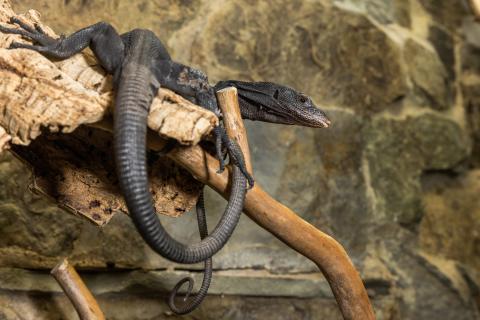
Featured Creature: Black Tree Monitor
Get to know the intelligent, elusive black tree monitor in this Q&A with the assistant curator of Reptile Discovery Center.

How to Care for Fennec Foxes
Many of the Zoo’s animals are built for extreme temperatures, including the fennec fox! Learn how animal keepers care for these desert dwelling foxes.
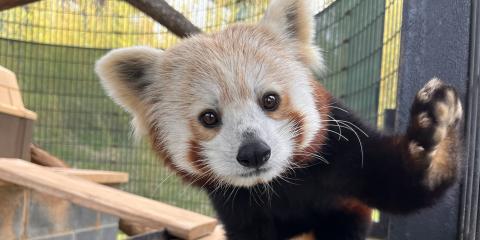
Meet The New Red Pandas
They’re sweet, outgoing and always in the mood for food. Meet Scarlet, Xena and Taizong, the new red pandas at our Front Royal, Virginia, campus!
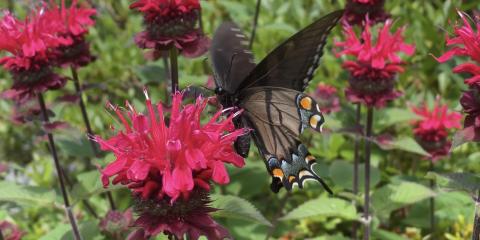
8 Reasons to “Bee” In Awe of Pollinators
Did you know that the fuzzier an animal is, the better it picks up pollen? Or that most pollination happens by happy accident? Get the buzz on pollinators from Donna Stockton, an entomologist and animal keeper at Amazonia.
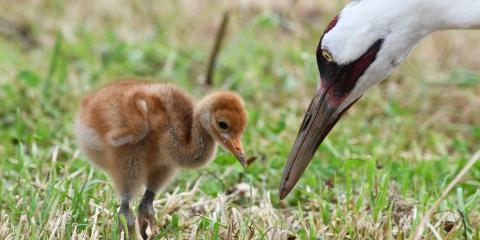
First Whooping Crane Hatches at Smithsonian Conservation Biology Institute
For the first time, a whooping crane—one of the most endangered species of crane in the world —hatched May 26 and is thriving at the Smithsonian Conservation Biology Institute (SCBI) in Front Royal, Virginia.
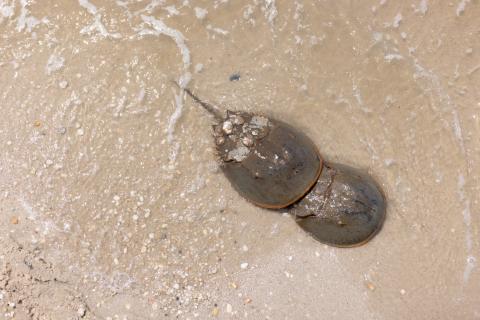
10 Incredible Horseshoe Crab Facts
The ocean has many unusual inhabitants, but few are as strange and ancient as the horseshoe crab.
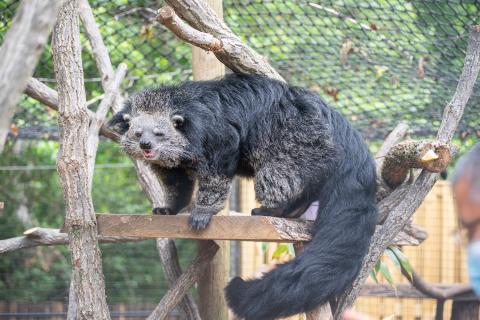
Meet Our “Buttery” Binturongs and Cool Pallas’s Cats
Put your senses to the test at the Claws and Paws Pathway! Follow your nose to the binturongs, who smell like buttered popcorn, and keep your eyes peeled for petite Pallas’s cats hiding in plain sight. Get the scoop on the Zoo’s newest residents from curator Craig Saffoe.
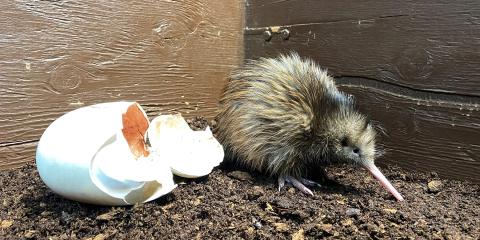
Welcome, Kiwi Chicks
In March and April, keepers at the Smithsonian Conservation Biology Institute in Front Royal, Virginia, celebrated the arrival of two male kiwi chicks! Get to know them in this update from the bird team.
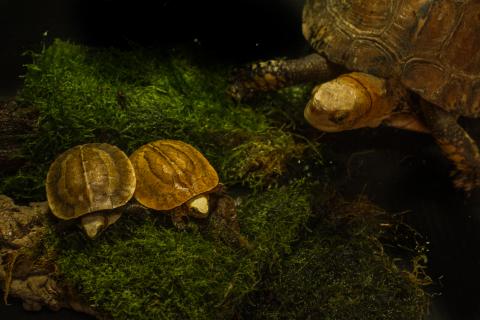
How to Care for Bourret’s Box Turtles and Other Asian Box Turtles
Slow down for a minute and meet the Zoo’s turtle-y awesome Asian box turtles! Read on to find out what it takes to care for Bourret’s box turtles and other species.
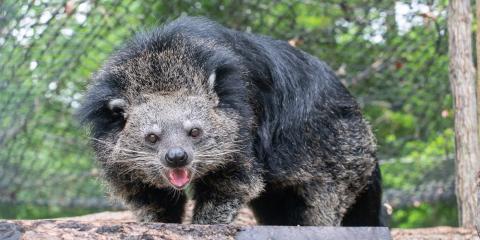
Claws and Paws Pathway Opens at Smithsonian’s National Zoo
Prowl the new Claws & Paws Pathway exhibit opening to the public Friday, May 27. Visitors will encounter a North American porcupine, bobcats and the Zoo’s newest residents — binturongs and Pallas’s cats.
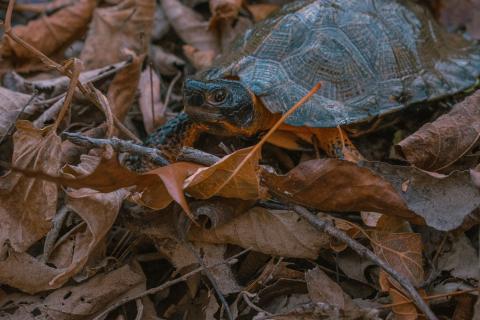
Meet the Researchers Working to Save Wood Turtles
Wood turtles are one of the most endangered freshwater turtles in North America. To ensure a future for these reptiles, scientists first need to understand where wood turtles remain and how many are left.
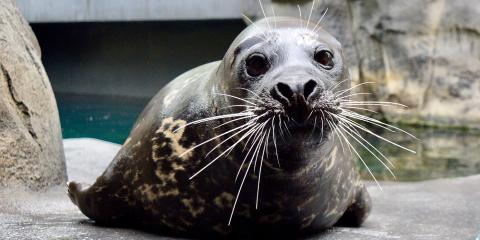
Harbor Seal Dies at Smithsonian's National Zoo
We are sad to share that our male harbor seal, Rabbit, died May 13. He was 15 years old.
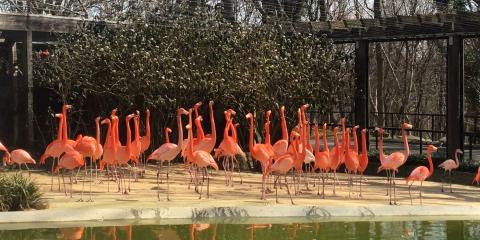
Tragic Loss of Animal Life at Smithsonian’s National Zoo
Staff at the Smithsonian’s National Zoo and Conservation Biology Institute are devastated and mourning the loss of 25 American flamingos and one Northern pintail duck killed by a fox yesterday in the Zoo’s outdoor flamingo habitat.
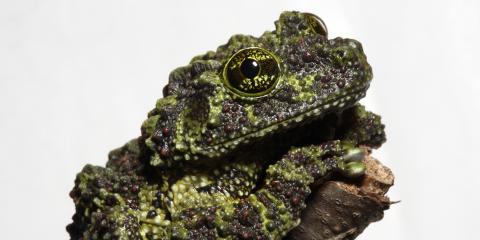
Meet Mossy Frogs, Masters of Camouflage
Meet the cutest clump of “moss” you ever did see: the Vietnamese mossy frog! In spring, the Reptile Discovery Center team celebrated the arrival of 50 hatchlings. Learn what it takes to set the mood for mossy frog mating from assistant curator Matt Evans.
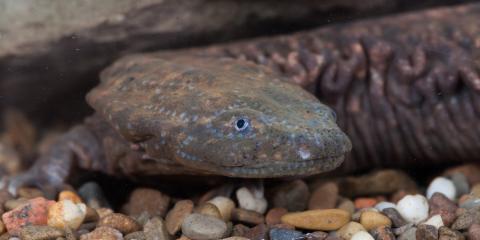
How to Care for Hellbenders
Snot otter, devil dog, or hellbender? Whatever name you call them, they are largest salamander in the Americas. Check out how animal keeper Matt Neff cares for and studies these unique salamanders!
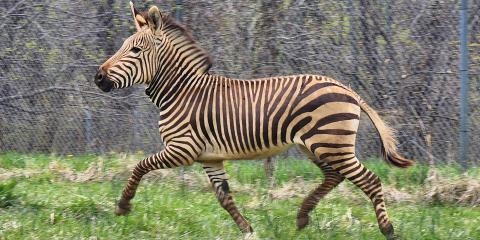
Like Father, Like Son: A Hartmann’s Mountain Zebra Update
Young animals learn what it means to be an animal—what to eat, how to behave and more—from their parents. For Yipes, our 1-year-old male Hartmann’s mountain zebra, those lessons most recently came from his father, 7-year-old Rogan.

Amazing Ape-ril
April, or Ape-ril, is a great time to recognize our apes because many of them celebrate their birthdays this month!
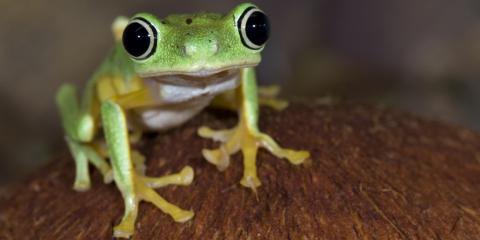
Hoppy Amphibian Awareness Week!
'Hoppy' Amphibian Awareness Week! All week long, the Smithsonian's National Zoo and Conservation Biology Institute will be sharing stories about amazing amphibians and the scientists working to save them from extinction.
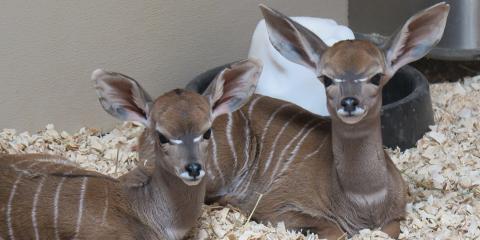
Lesser Kudu Calves and a Golden-Headed Lion Tamarin Are Born at Smithsonian’s National Zoo
Cheetah Conservation Station keepers at Smithsonian’s National Zoo and Conservation Biology Institute are rejoicing in the birth of two lesser kudu calves. For the second time in 6 months, Small Mammal House keepers are celebrating the birth of a golden-headed lion tamarin.
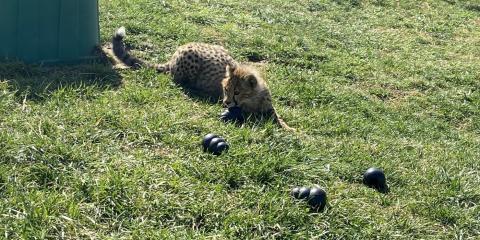
#CheetahCubdate 15: Playful Personalities
The 6-month-old cheetah cubs are growing well and are ready to play! Plus, their individual personalities are starting to shine through. Get the latest update on Rosalie's cubs from cheetah biologist, Adrienne Crosier.

No Panda Party Is Complete Without a Cake
In April, the commissary team was busy creating colorful ice cakes for giant pandas Mei Xiang, Tian Tian and Xiao Qi Ji in celebration of the 50th anniversary of giant pandas at the Zoo.
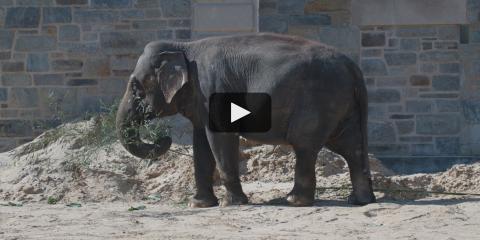
How Do You Help an Elephant With a Toothache?
When female Asian elephant Swarna joined our herd in May 2014, her routine tooth exams showed an unusual shape and wear pattern on her teeth. Elephant dentistry specialists joined the Zoo’s team to remove the culprit tooth.

Giant Pandas Celebrate 50th Anniversary of the Giant Panda Program At Smithsonian’s National Zoo and Conservation Biology Institute
To commemorate 50 years of unprecedented achievement in the care, conservation, breeding and study of giant pandas, the Smithsonian's National Zoo’s in-residence giant panda family—Tian Tian, Mei Xiang, and cub Xiao Qi Ji received specially tailored fruitsicle cakes in honor of the “pandaversary.”
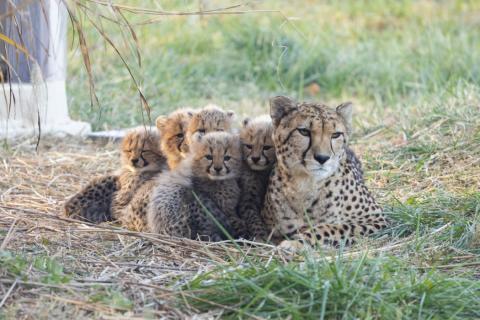
Microbes Matter: Meet the Small but Mighty Microbiomes
Did you know that all animals have trillions of microscopic bacteria living inside them? These communities of microbes, known as microbiomes, play an important role in keeping animals healthy.
